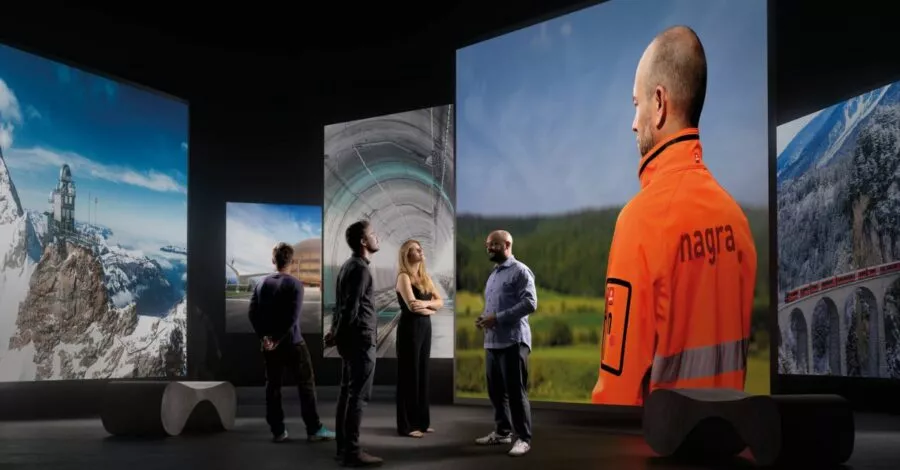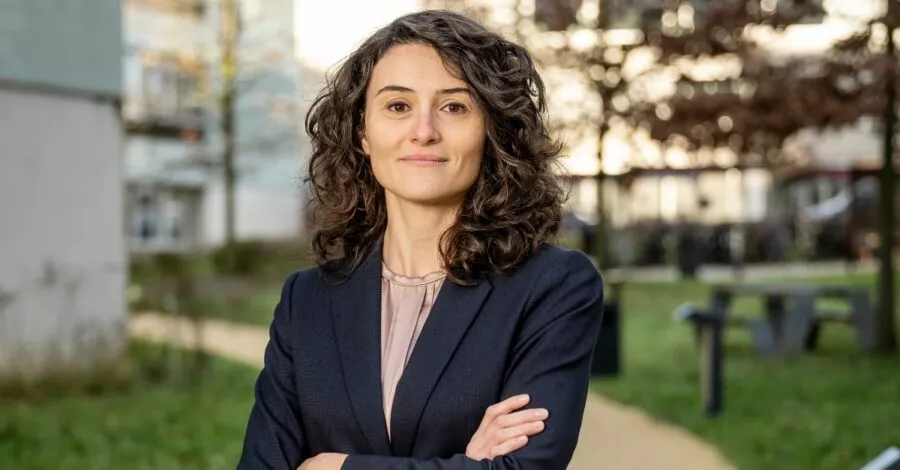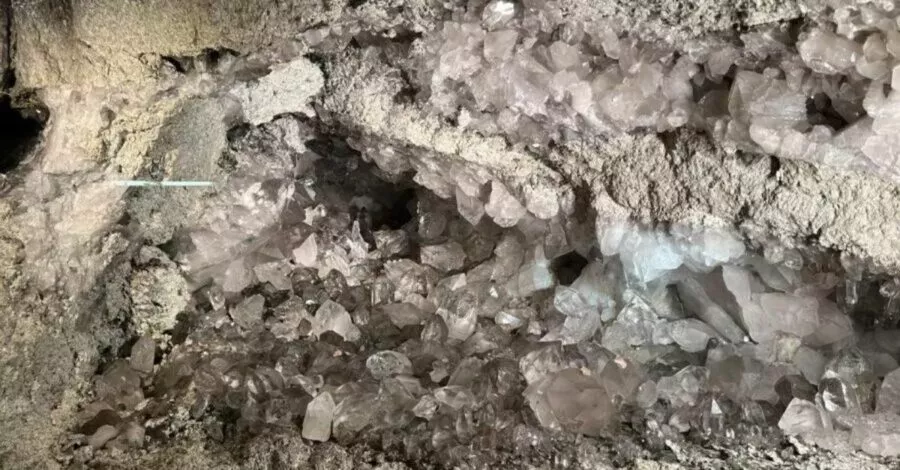
Why Nagra is counting lizards
The purpose of a deep geological repository is to protect people and the environment from our radioactive waste far into the distant future. However, the construction and operation of the repository must also be compatible with humans and the environment. To ensure this, our project of the century must undergo an Environmental Impact Assessment.
In discussions on deep geological repositories, many people think in terms of safety over hundreds of thousands of years into the future. This is how long humans and the environment should be protected from radioactive waste. That is true, but it is not enough. Humans and the environment must also be protected from harmful effects during the construction and operation of the repository. In technical jargon, the project has to be “environmentally sustainable”. In Switzerland, many different construction projects have to undergo an Environmental Impact Assessment (EIA). These include larger farms, industrial facilities, new ski lifts and golf courses as well as hydro and wind power plants. For major construction projects, the authorities take a close look at whether the environmental regulations are being complied with – in the form of an EIA.
Flora and fauna, groundwater and crop rotation areas
To be able to assess the environmental compatibility of the deep geological repository, the federal authorities need an inventory of the current conditions. This is recorded in the so-called Environmental Impact Report (EIR). Important issues for the environmental compatibility of the repository are flora and fauna, groundwater and crop rotation areas. Nagra is working with experts from the engineering company CSD Engineers to record current conditions.
Flora and fauna
With regard to flora and fauna, the key concern lies with animal and plant species that are on Switzerland’s Red List of endangered species. “This is why we are currently making regular visits to the site and keeping an eye out for protected animal or plant species,” explains Seraina Kauer, Spatial Planning and Environment Specialist at Nagra. To find the relevant animal species, for example, corrugated metal sheets have been laid out in different locations in the Haberstal and surrounding area. “Early in the morning, you will find slowworms and lizards and possibly also rarer species such as grass snakes,” says Kauer. “If we come across protected species, we have to take measures to compensate for the impact of our project on them, so-called replacement measures,” says Kauer. Thus, if Red List species are affected, replacement habitats must be created within the canton to which the species can be relocated.
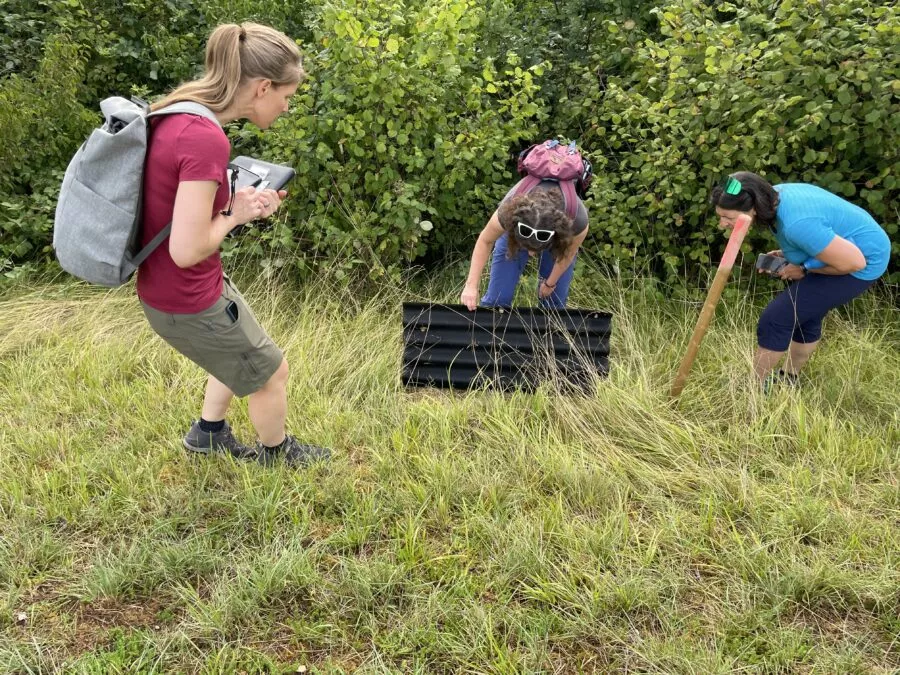
Key points at a glance
The objective of the project of the century of deep geological disposal is to protect humans and the environment from our radioactive waste far into the distant future. To ensure that the construction and operation of the deep geological repository are compatible with humans and the environment, the repository must undergo a so-called Environmental Impact Assessment (EIA). In the process, the federal authorities assess whether our project complies with all environmental regulations. The authorities also stipulate conditions that have to be met in order for the project to pass the EIA. Important topics for the EIA are flora and fauna, groundwater as well as crop rotation areas and soils. The EIA is an important part of the licensing procedure for the deep geological repository.
Groundwater
Groundwater is about understanding where it occurs, how much there is and how it flows. In the Dorfbachtal, opposite the Haberstal, measurement data are already available due to gravel quarrying. No groundwater investigations have been carried out yet in the Haberstal. For this reason, so-called geoelectric measurements will be made in October. The result of these measurements are various 2D sections through the Haberstal. These 2D sections will show the bedrock and the overlying unconsolidated rock, which potentially contains the groundwater. “Based on the results of the geoelectric measurements, we will drill four small boreholes,” Kauer explains. The boreholes will be between 10 and 30 metres deep and will be drilled between November 2023 and January 2024. They will then be expanded into measuring stations where additional data on the existing groundwater will be collected.
Crop rotation areas
High-quality agricultural land is referred to as a crop rotation area. Around 40% of Switzerland’s agricultural land is designated as a crop rotation area and, as such, enjoys special protection. If a project encroaches on such land, so-called real compensation must be provided. This means that an equivalent replacement area must be created elsewhere within the canton. This can be achieved either by upgrading qualitatively poorer soils so that they can be re-labelled as crop rotation areas, “or we create new crop rotation areas from old landfill sites or gravel pits. Our goal is to create the replacement areas as close to the Haberstal as possible,” explains Kauer.


Optimising the project
In the case of complex construction projects such as the deep geological repository, the EIA process is divided into several stages. “The first stage consists of obtaining a rough overview of all relevant environmental issues. That is what we are working on at the moment,” says Kauer. In the further course of the process, the authorities have several opportunities to comment on the reports – and the reports become increasingly detailed. Ultimately, the objective is to continuously optimise the project over the coming years: “For example, if we find out that there is a very valuable habitat of a protected species somewhere, then we will try to optimise the project in such a way that this habitat is preserved. Or if we impact migration routes of protected amphibians, then we will create corridors for their migration,” Kauer explains.
The federal authorities decide which measures Nagra must implement to ensure that the repository can be constructed and operated in an environmentally sustainable manner. The authorities will continue to monitor the project during construction. In this way, they ensure that the repository not only protects future generations, but already protects current generations during the construction phase.
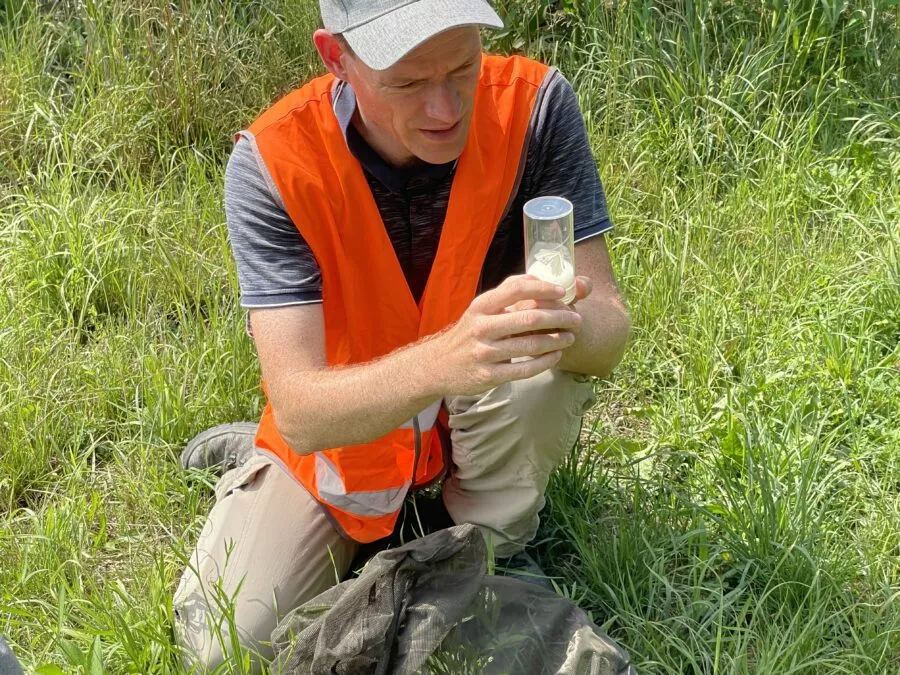
What exactly is an EIA
Similar articles
What does Switzerland think about the deep geological repository?
Switzerland is confident that it can realise the project of the century of deep geological disposal. A recent, representative survey shows that acceptance is high across the whole of Switzerland and in the affected region.
